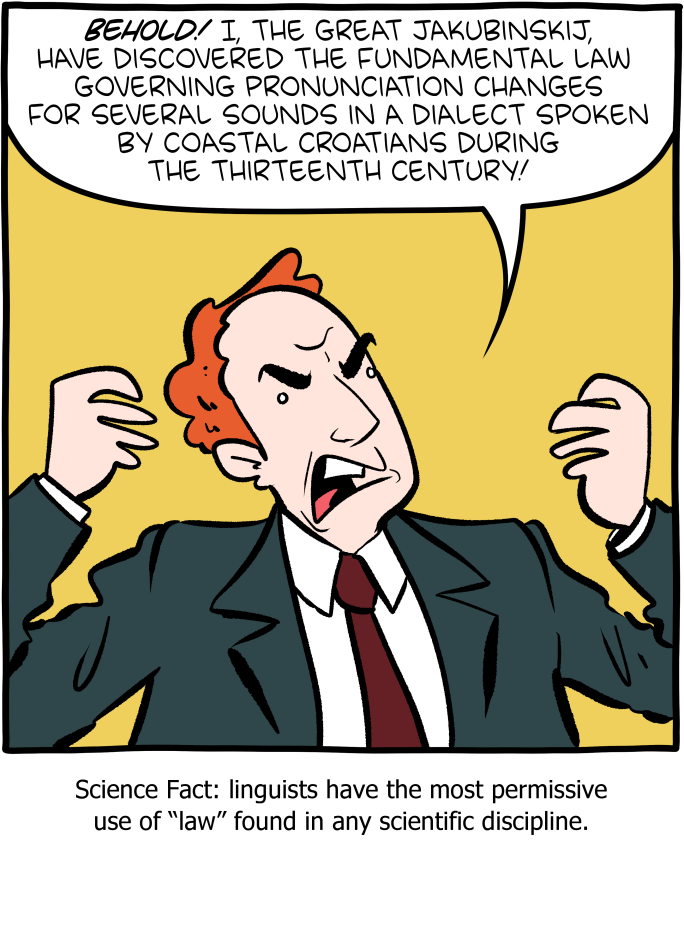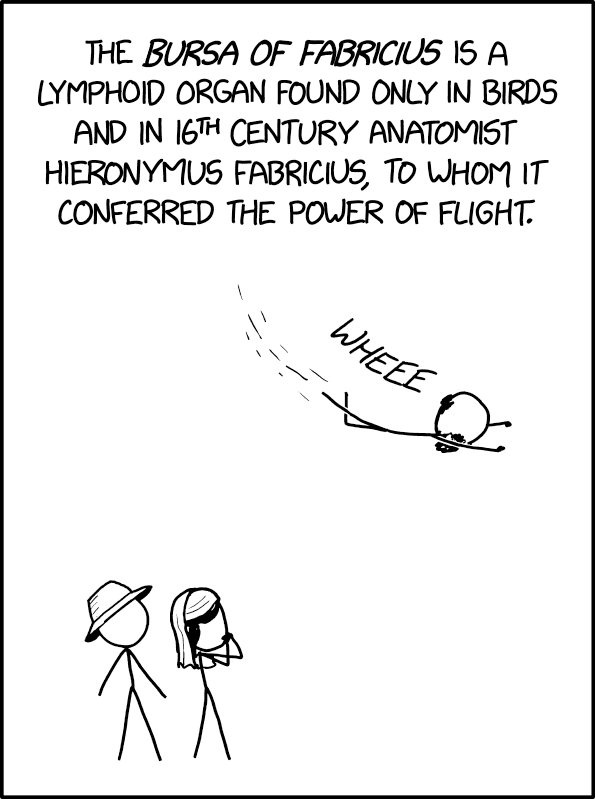Following up on their query which formed the basis for "Ashkenazi click sounds" (1/27/23), Dana F. appends this additional valuable information:
I have been searching for a while and have not been able to find anything on Youtube (my theory is that it is used in casual speech only, and people might not do it as often when being filmed for that reason). However, I did find
this article that discusses it and describes it as a "hesitation click." By googling "hesitation click," I also found
this article and this relevant, and really interesting, quote:
Benor lists several features that make all Orthodox speech special, such as a high number of loanwords from Hebrew and Yiddish, far more than are found in the vocabulary of non-Orthodox American Jews; Yiddish-influenced phrasing, as in English sentences like “I want you should come right away” or “We’re staying by my in-laws on Shabbos,” and Yiddish-influenced phonetic deviations, such as a full “t”-sound at the end of words and syllables. (An example of this would be saying “right” with the same “t” as is heard in “today,” as opposed to the partially swallowed or glottalized final “t” of American English.)
Two other peculiarities complete Benor’s list. One is a singsong “talmudic” intonation, particularly in sentences with logical reasoning expressed in dependent clauses like, “If you were going to the grocery anyway, why didn’t you buy some bread?” The other is what Benor calls a “hesitation click” — a “tsk”-sound used, like “um,” to give the speaker time to think of what to say next. (Although she is no doubt correct in ascribing this to Israeli influence, she errs in thinking that it is used this way in Israeli Hebrew. The Israeli “tsk” simply means “No,” although when occurring in midsentence in what Binor rightly calls a “corrective click,” this “no” can have the sense of, “On second thought, that isn’t what I really wanted to say, so I’ll try to say it again.” This is probably how, misinterpreted by Orthodox American Jews exposed to Israeli speech, it became an American Jewish “hesitation click.”)
This gives some context to the origin, although it does not explain how the meaning of the click evolved from Hebrew ("no") to simply a filler word that is used, in my experience, multiple times per sentence.
Read the rest of this entry »




